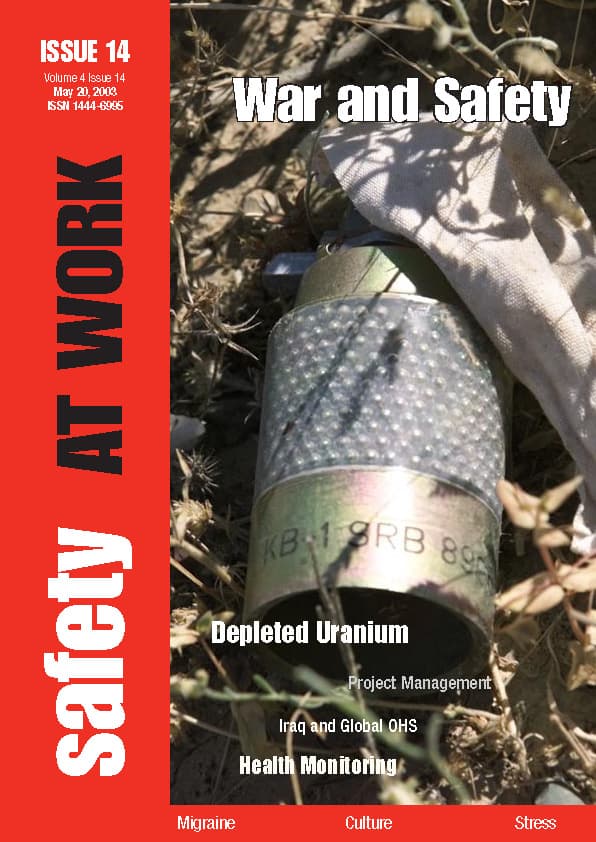England’s Health and Safety Executive monthly podcasts are an interesting variation on the obligation of OHS regulators to communicate with its clients. These podcasts follow the format of a corporate newsletter
- Introduction
- News
- Special interview/s
- Further information
Most of the news will be familiar to those who regularly visit the HSE website or subscribe to one of their RRS feeds but the podcast is a good summary of the regulator’s activity.
The feature interview/article is a good mix of talking with regular business operators, visitors to the HSE exhibition stand at Aintree racecourse, and promotion of HSE links.
The secondary article focusses on the use of vehicles at work, such as delivery vans. The article supports a vehicle-at-work website but, as has happened in some of the Australian States, safety in this sector has often not been seen as an OHS obligation, or at least a difficult one to implement, and has been dominated by transport and road safety legislation. Some of this advice is a diversification of the forklift and transport yard safety practices to a broader audience and application.
As a teaser and a signpost to online resources in the HSE website, the podcast works well. For those outside of the UK there is probably more to learn from the podcast construction and its existence, than the information content.
Many safety professionals are so internet-savvy in 2009 that their state-of-knowledge on OHS (or at least the information in their PC that they have yet to get around to) has rarely been higher.
The podcast should be heard for lots of reasons. A major one for me in Australia was to hear the accents of people in my hometown. Some listeners who are unfamiliar with scouse may want to read parts of the transcript.



